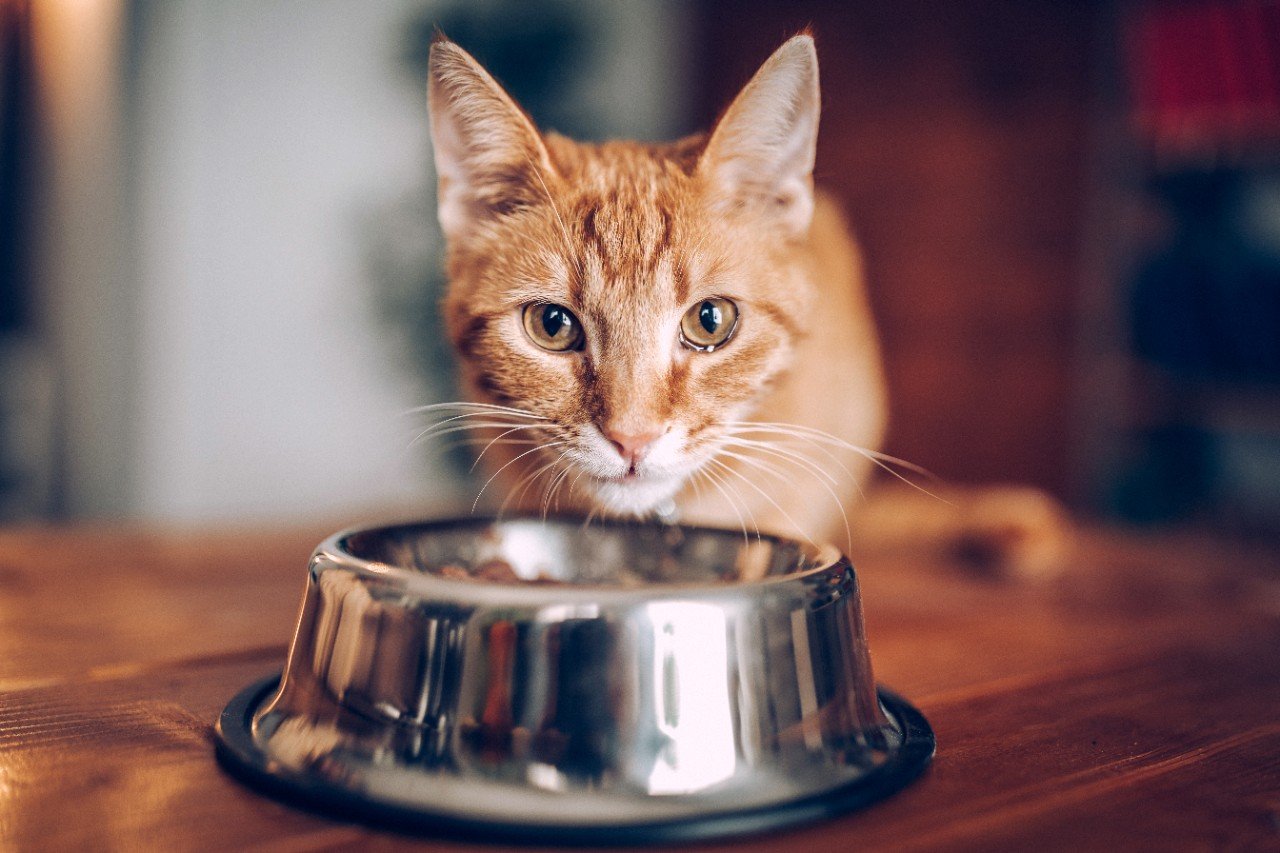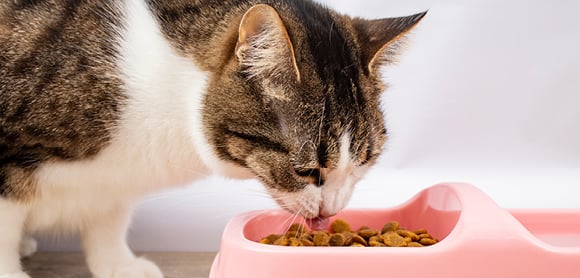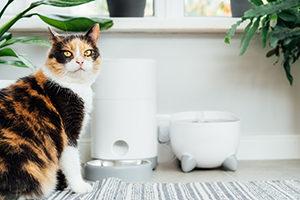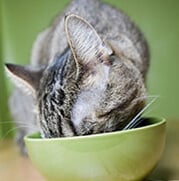The thyroid glands in your cat’s neck produce a hormone called thyroxine, which helps the kidneys, liver, brain and digestive system to function well. If your pet’s thyroid glands produce too much thyroxine, her metabolism will speed up, which can make her either hyperactive or sluggish. This is called hyperthyroidism. Although this condition can affect cats of any age, it’s more common in older pets.
If your cat has an overactive thyroid she could appear anxious and agitated, and may spend a lot of time dashing around in an unexpected way. Your cat may also want to eat and drink more, however, as the condition can make it harder for her body to absorb nutrients, her coat might look dull and unkempt. (A small number of cats with hyperthyroidism appear tired and lethargic instead, so make sure to look out for any unusual changes in your pet’s usual behaviour.) You might also notice your cat being more vocal than usual, and possibly panting. Diarrhoea, vomiting and weight loss can also be signs.














